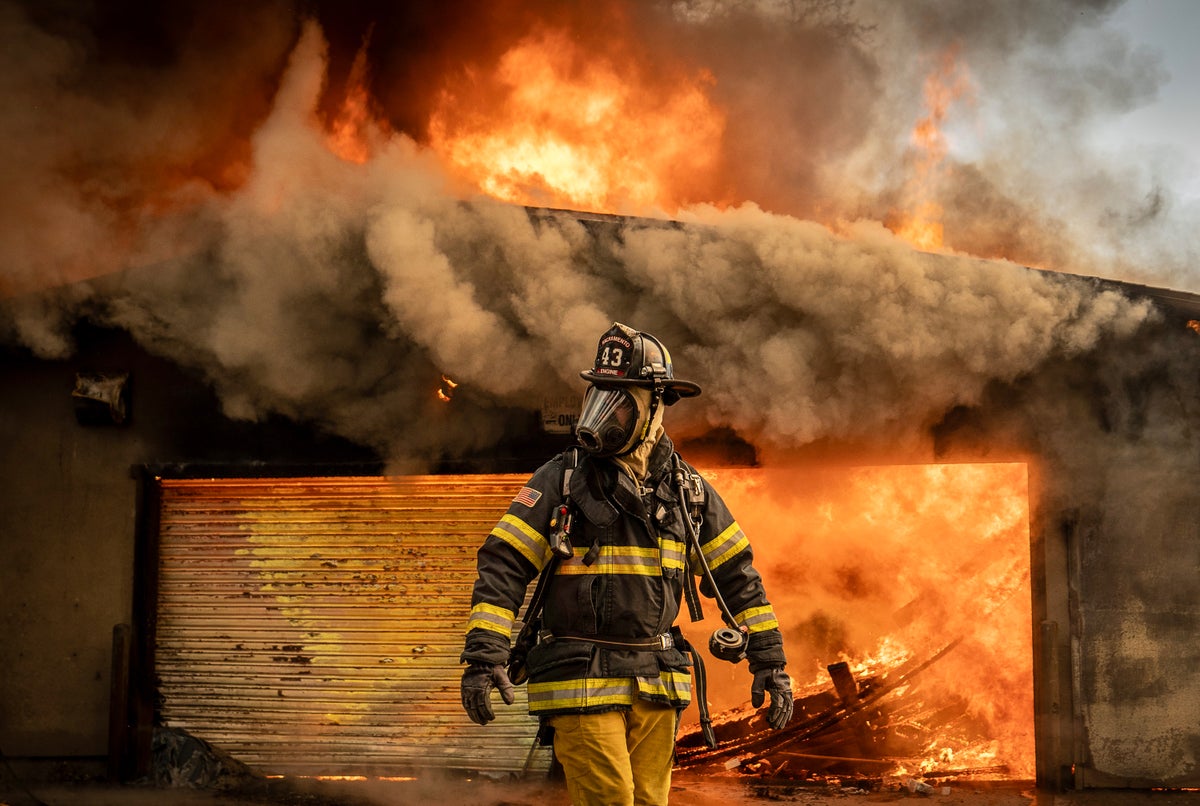Essay by Eric Worrall
“That’s the big question we’re all trying to pin down,” Professor Matthew England from UNSW told 9news.com.au.
How close is our planet to suffering the most catastrophic effects of climate change?
By Daniel Jeffrey 12:34pm Jul 30, 2024
…
How many years until we can’t stop climate change?
Rather than talking about whether climate change can be stopped it’s a bit more helpful to look at key “tipping points”.
“(These) include ice sheet collapse, permafrost thaw, ocean deoxygenation, ocean acidification, the die-back of the Amazon rainforest, and changes in ocean circulation, such as the slowdown of the Atlantic overturning circulation,” UNSW Climate Change Research Centre director Katrin Meissner told 9news.com.au.
…
So how far away are we from hitting them?
“That’s the big question we’re all trying to pin down,” Professor Matthew England from UNSW told 9news.com.au.
“In a way, that’s the biggest unknown we have.
“It’s safe to say we know these tipping points exist. What we know less about is how close to the tipping points we are.
“Some people say we’re already, for example, past a tipping point for the Greenland ice sheet.”
…
“On timescales that are relevant to humans, none of the effects we see right now can be reversed, not even those that are not related to tipping points,” Meissner says.
“They can only stay the way they are or get worse.”
…
The big question I’d like to pin down is whether these people are actually practicing science.
In science prediction is king – if your theory doesn’t make testable predictions, it’s not scientific.
Falsifiability (or refutability) is a deductive standard of evaluation of scientific theories and hypotheses, introduced by the philosopher of science Karl Popper in his book The Logic of Scientific Discovery (1934).[B] A theory or hypothesis is falsifiable (or refutable) if it can be logically contradicted by an empirical test.
Read more: https://en.wikipedia.org/wiki/Falsifiability
A statement like all the ice caps will one day melt – the paleo climate history of Earth is full of periods when the polar ice caps melted. For much of Earth’s history there were no polar ice caps, by paleo-climate standards today’s world is experiencing a period of extreme cold.
From NOAA;
…
Striking during the time period known as the Pleistocene Epoch, this ice age started about 2.6 million years ago and lasted until roughly 11,000 years ago.
Like all the others, the most recent ice age brought a series of glacial advances and retreats. In fact, we are technically still in an ice age. We’re just living out our lives during an interglacial.
…
Read more: https://www.climate.gov/news-features/climate-qa/whats-coldest-earths-ever-been
But a statement like “They can only stay the way they are or get worse.” implies things are getting worse – but doesn’t give us a way to falsify this hypothesis.
In my opinion making predictions which are not testable in a very fundamental way violates the basic principles of science. If your prediction of imminent catastrophe does not have a firm timetable, if it cannot be falsified with a scientific test, then it’s not science.
A prediction like “the ice caps will melt by 2030, and this will catastrophically inundate 100 billion dollars worth of realestate”, this would be a testable prediction. All we have to do is wait until 2030, then point and laugh.
More importantly we could use such predictions as a yardstick to measure the comparative value of proposed climate action. Should people living at higher elevations be taxed a trillion dollars, to pay for the mitigation of $100 billion of problems which only affect wealthy, high income lowlands? Perhaps the cities allegedly at risk should decide for themselves how credible such predictions are, and pay their own climate adaption bills.
Related




















Discussion about this post